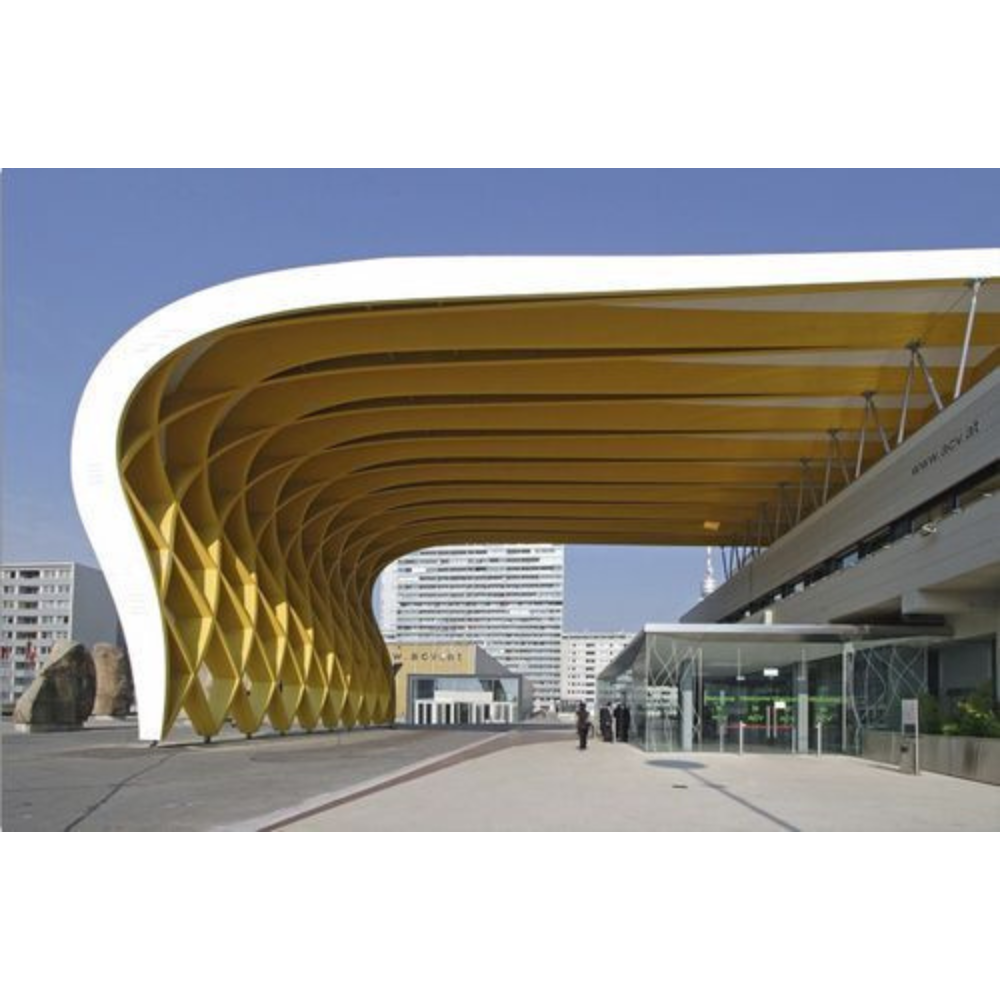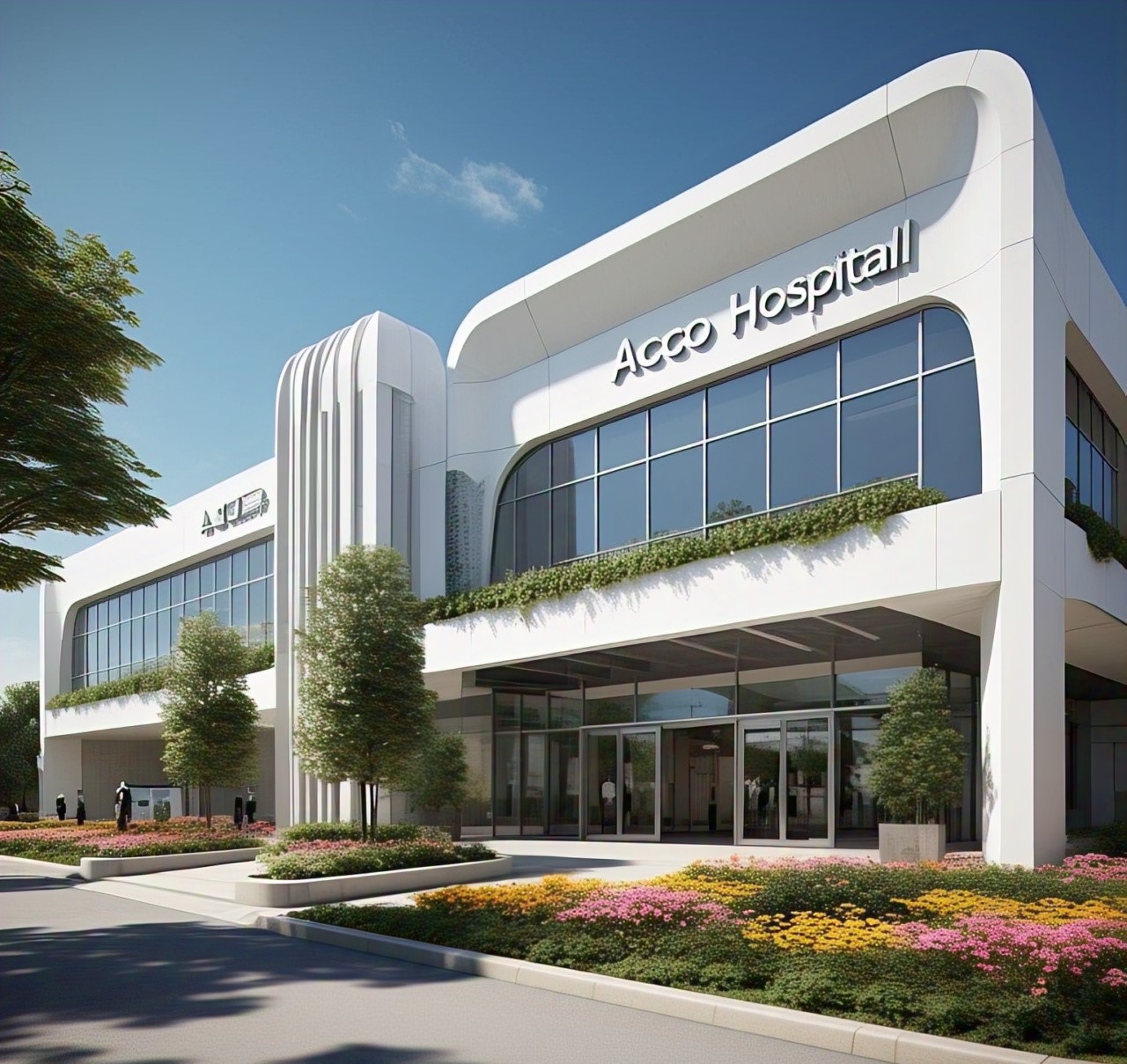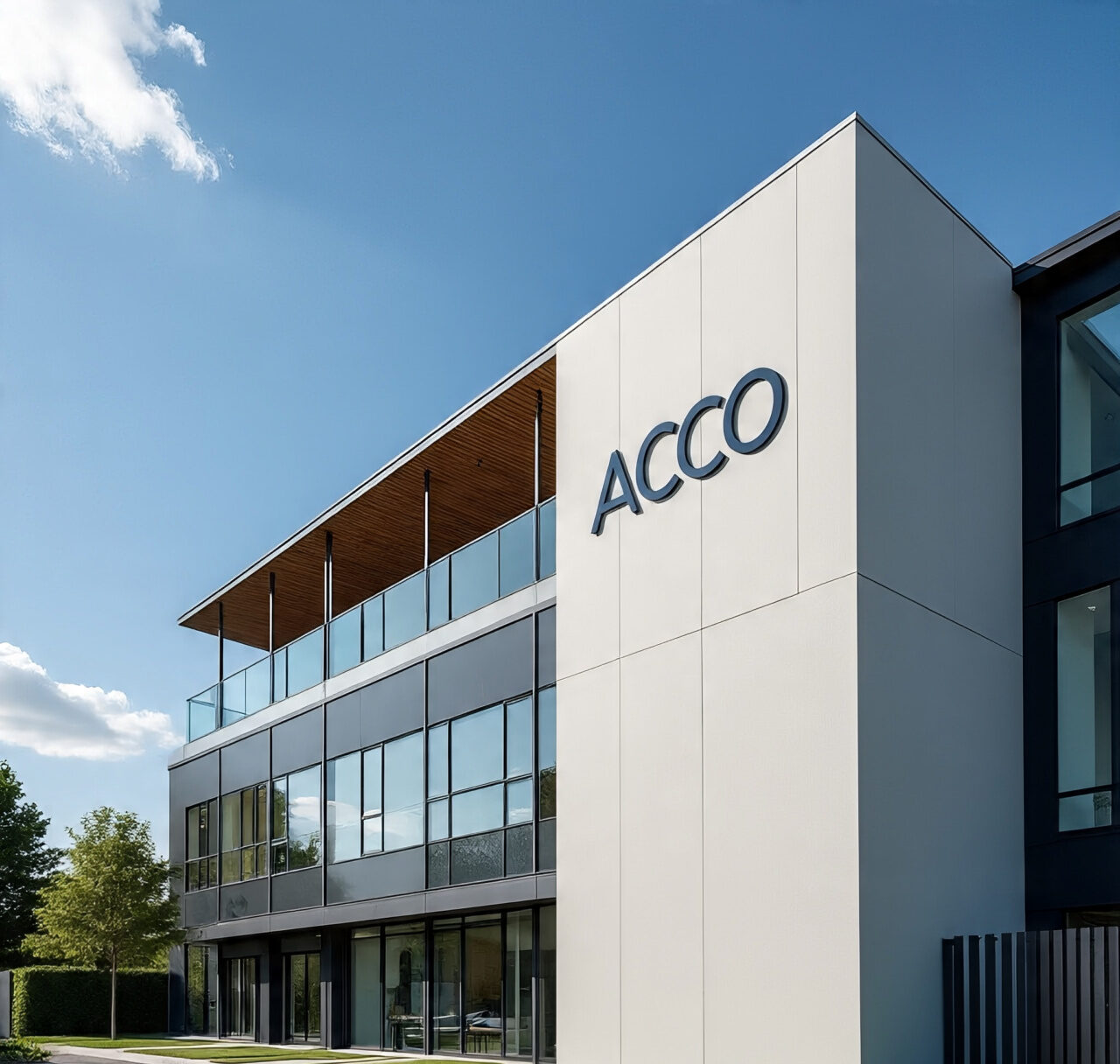
ORTHOPAEDIC HOSPITAL BUILDING DESIGN AND PLANNING ANYWHERE IN THE WORLD
Designing and planning an orthopedic hospital involves creating specialized facilities for musculoskeletal care, including surgery, rehabilitation, and diagnostic services. Here are some notable architecture and planning firms around the world that specialize in orthopedic hospital design, as well as examples of specific orthopedic hospitals:
Global Architecture and Planning Firms
- HOK
- Overview: A leading global design, architecture, engineering, and planning firm with extensive experience in healthcare facilities, including orthopedic hospitals.
- Notable Projects: HOK’s expertise in designing functional and patient-centered environments supports advanced orthopedic care.
- Perkins&Will
- Overview: Known for innovative healthcare solutions, Perkins&Will designs orthopedic hospitals with an emphasis on technology integration and patient comfort.
- Notable Projects: Includes various healthcare facilities with advanced orthopedic care components.
- Gensler
- Overview: A global architecture firm that integrates modern design with functionality to support specialized orthopedic care environments.
- Notable Projects: Gensler’s work includes comprehensive healthcare facilities with dedicated orthopedic care areas.
- ZGF Architects
- Overview: Specializes in healthcare design with a focus on creating efficient and supportive environments for orthopedic patients.
- Notable Projects: Includes state-of-the-art facilities for orthopedic care and rehabilitation.
- NBBJ
- Overview: An international firm known for designing healthcare environments that include advanced orthopedic care facilities.
- Notable Projects: NBBJ designs focus on integrating technology and patient-centered care.
- AECOM
- Overview: Provides integrated design and consulting services, including the planning and design of orthopedic hospitals with a focus on innovation and sustainability.
- Notable Projects: Includes various healthcare facilities with orthopedic care components.
- Stantec
- Overview: Offers expertise in designing orthopedic hospitals with an emphasis on patient recovery and functional efficiency.
- Notable Projects: Includes advanced orthopedic care facilities and rehabilitation centers.
- CallisonRTKL
- Overview: Experienced in designing specialized healthcare facilities, including orthopedic hospitals with a focus on patient-centered design.
- Notable Projects: Includes comprehensive healthcare facilities with dedicated orthopedic care areas.
Notable Orthopedic Hospital Designs
- Hospital for Special Surgery (HSS), New York, USA
- Features: Renowned for its orthopedic care, HSS has a design that includes advanced surgical facilities, rehabilitation areas, and patient-centered spaces.
- Cleveland Clinic Orthopaedic & Rheumatologic Institute, USA
- Features: A leading facility for orthopedic and rheumatologic care, featuring specialized treatment and rehabilitation areas with a focus on integrated care.
- Royal Orthopaedic Hospital, Birmingham, UK
- Features: Known for its advanced orthopedic services and research, this hospital features state-of-the-art surgical suites and rehabilitation facilities.
- Charité – Universitätsmedizin Berlin, Germany
- Features: Includes specialized orthopedic care facilities with a focus on innovation and patient-centered design.
- Singapore General Hospital – Orthopaedic Department
- Features: Features a comprehensive approach to orthopedic care with modern design elements that support advanced treatments and patient recovery.
Key Design Considerations for Orthopedic Hospitals
- Specialized Treatment Areas: Design dedicated areas for orthopedic surgery, diagnostic imaging, physical therapy, and rehabilitation.
- Patient-Centered Design: Provide private patient rooms, comfortable waiting areas, and spaces for family support to enhance the overall patient experience.
- Technology Integration: Incorporate advanced imaging and surgical technology, electronic health records, and telemedicine capabilities.
- Workflow Efficiency: Ensure efficient layouts that support smooth patient flow from diagnostics to treatment and recovery.
- Rehabilitation Facilities: Design spaces specifically for physical therapy and rehabilitation with appropriate equipment and therapeutic environments.
- Healing Environment: Create a calming and supportive environment with natural light, art, and green spaces to aid in patient recovery.
- Accessibility and Safety: Design for optimal accessibility, including infection control measures and easy navigation for patients and staff.
These firms and design considerations reflect the specialized needs of orthopedic hospitals, ensuring they provide advanced care and support a positive patient experience.
4o
Comments
0 Likes




